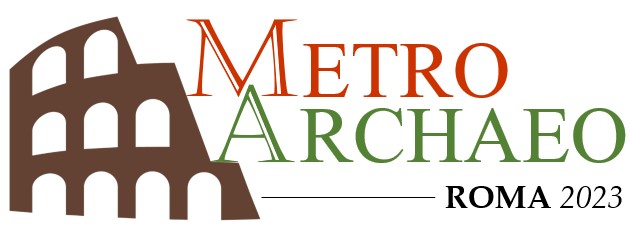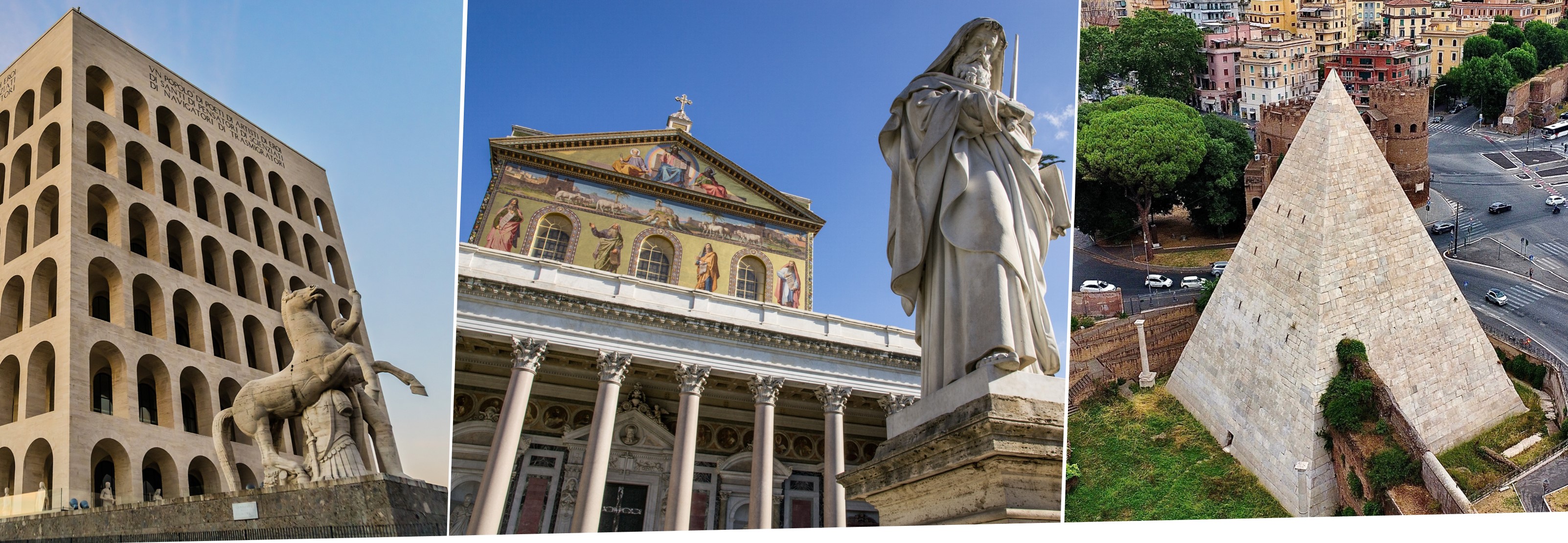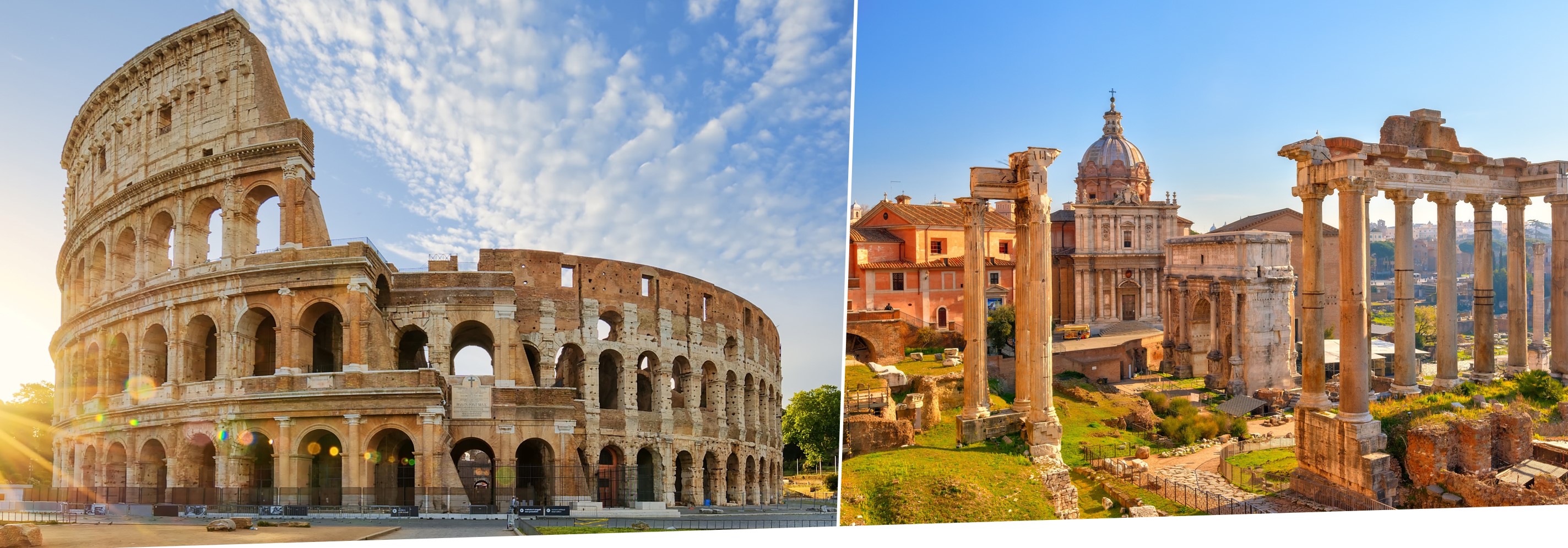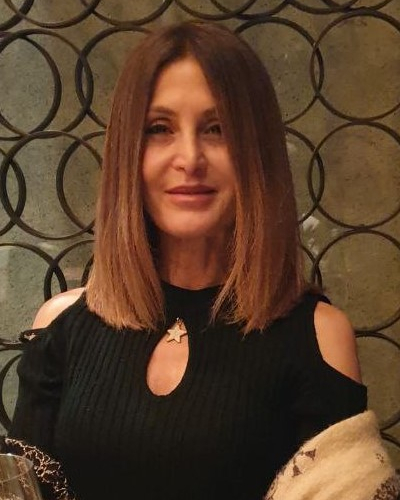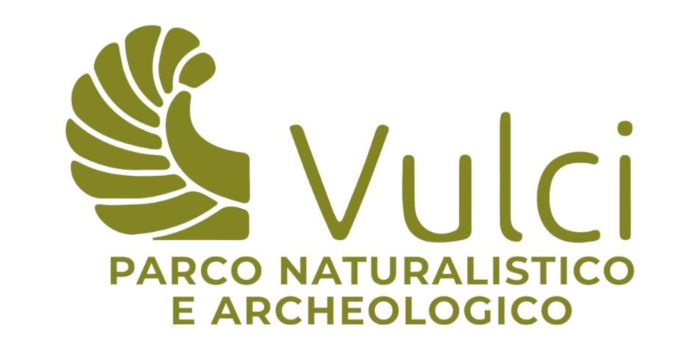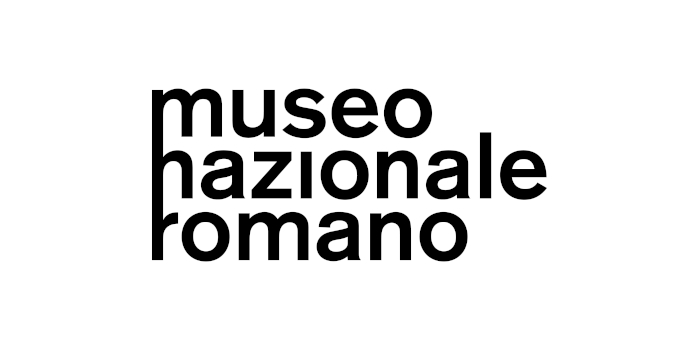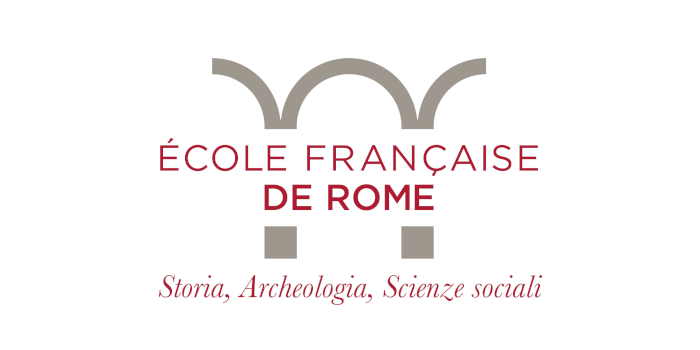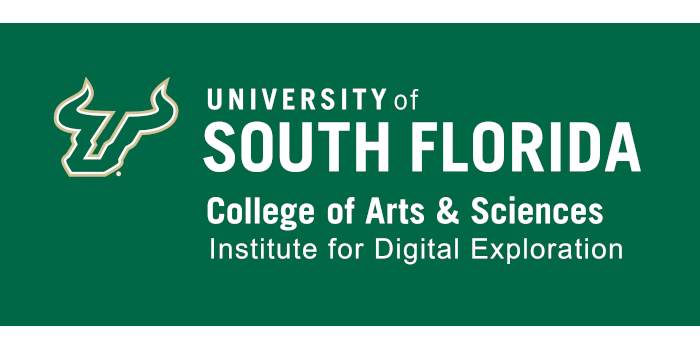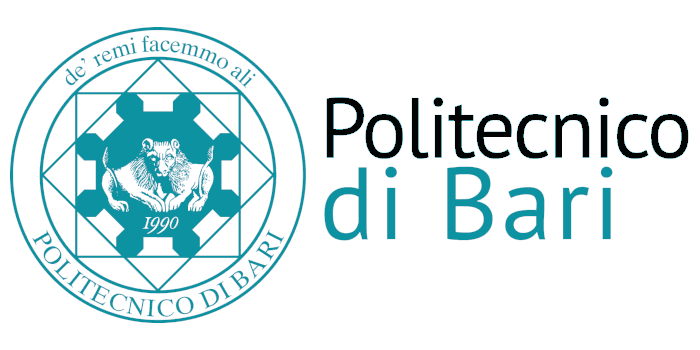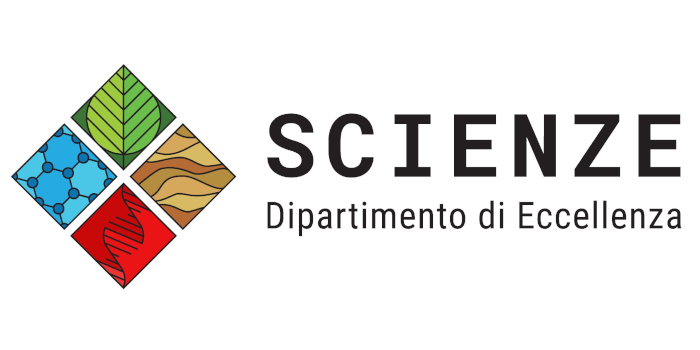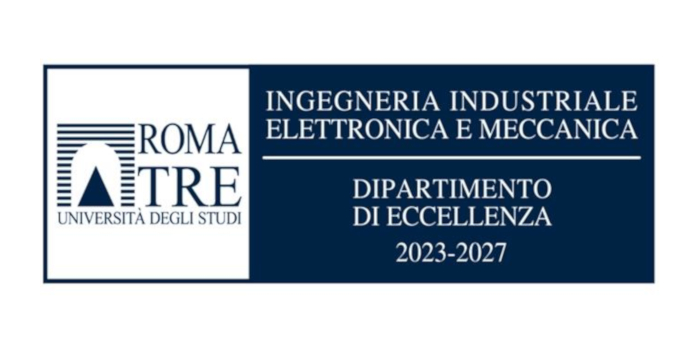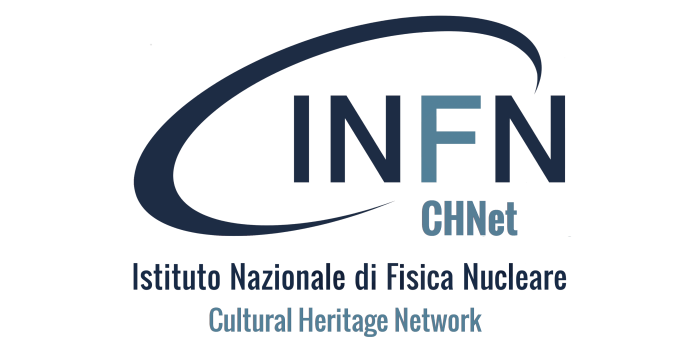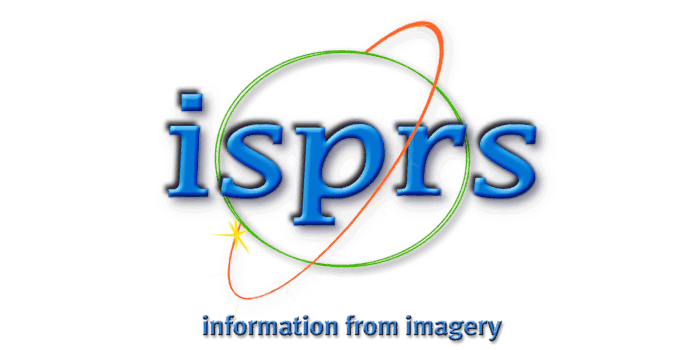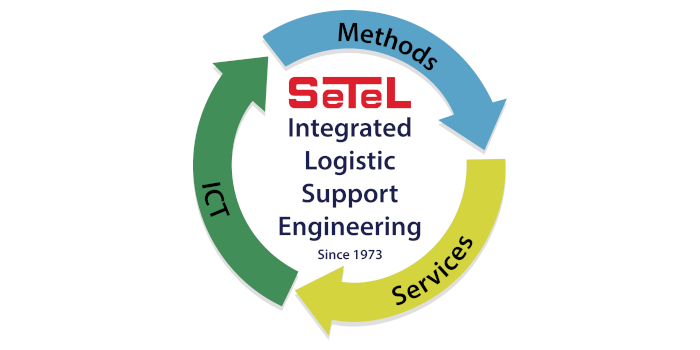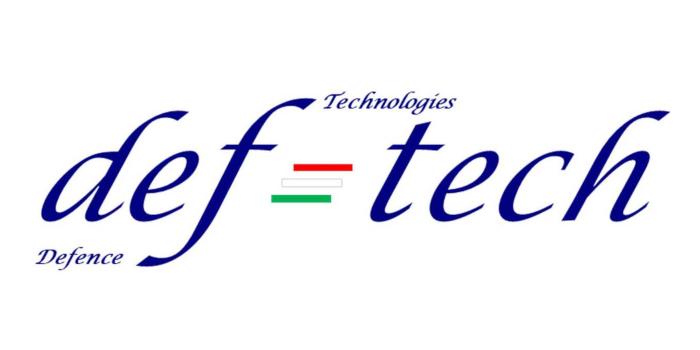SPECIAL SESSION #8
Diagnostic for Cultural Heritage: contribution of Raman spectroscopy and other non-destructive techniques to the investigation of art objects
ORGANIZED BY
Armida Sodo
University of Roma Tre - Dipartimento di Scienze, Italy
Vittoria Guglielmi
University of Milan - Department of Chemistry, Italy
ABSTRACT
Raman Spectroscopy is a non-destructive and non-invasive technique used to investigate Cultural Heritage objects and their degradation processes. In the last decades, it has been successfully applied to the fields of art, art-history, history, archaeology, conservation and restoration, museology and forensic studies. This increasing interest led to an interesting development of new instrumentation, especially for in situ measurements, and in data analyses.
The combination of different analytical techniques is mandatory to a deeper and complete knowledge of the investigated objects, thus confirming the importance of a multi-technique and multi-disciplinary approach.
The interdisciplinary nature of the conference presents a great opportunity for exchanging information amongst the community of scientist dealing with diagnostics in Cultural Heritage.
MAIN TOPICS
Topics include, but are not limited to:
- Material characterization and degradation processes (pigments, inks, plastic materials, photographic materials, gemstones, stones, precious stones, glass, ceramics, contemporary materials etc.);
- Conservation issues affecting cultural heritage (decaying, corrosion, etc.);
- Detection of biological and organic materials (resins, fibres, ancient organic compounds, etc.);
- New combined in-situ instrumentation and applications in cultural heritage objects investigations;
- Applications in paleontology, paleoenvironment and archaeology;
- Forensic applications (e.g. forensic archaeology, authentications procedures).
ABOUT THE ORGANIZERS
Armida Sodo is Associate Professor at Dipartimento di Scienze, Università degli Studi di Roma Tre, in the disciplinar sector FIS/07 (Applied Physics). After the degree in Chemistry (1998), she obtained the PhD in Chemical Physics (2003), both at the University “Sapienza” in Rome. In her doctoral thesis, she developed a Raman system devoted to Cultural Heritage applications. Then she got a post- doc position at ESRF (European Synchrotron Radiation Facility), Grenoble- France. Her present research studies concern applications of Raman spectroscopy to several fields (Cultural Heritage, Medicine, Mineralogy), development of Raman instrumentation devoted to different applications and synthesis and characterization of nanodevices. She published more than 90 papers on national and international journals (H- index 21), books and conference proceedings and she presented her works on several national and international conferences. She gives university courses and master lessons.
Vittoria Guglielmi is an Associate Professor of Analytical Chemistry, SSD CHIM 12 – Chemistry for the environment and for cultural heritage - at the Department of Chemistry at the University of Milan. She obtained her Master's Degree in Chemistry from the University of Milan and her PhD in Chemical Sciences from the same University. The research activity of Vittoria Guglielmi has been devoted to the implementation of analytical methods via instrumentation, mainly employing spectroscopic techniques, for the investigation of both inorganic and organic materials in the field of cultural heritage. The focus of the research has always been the micro-destructiveness/non-destructiveness - as well as the portability of the techniques. Vibrational micro-spectroscopies were therefore preferred - especially Raman spectroscopy - whose excellent results in the laboratory led to the development and application of portable instrumentation. The scientific activity of Vittoria Guglielmi has been reported in over than 80 scientific publications (papers, book chapters and conferences’ proceedings), and about 50 contributions at national and international conferences. She gives lessons for several Bachelors’ and Masters’ degrees courses at the University of Milan and the Scuola di Restauro di Botticino (Milan).
